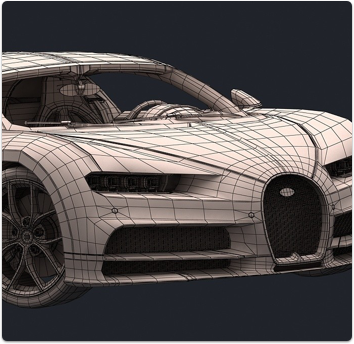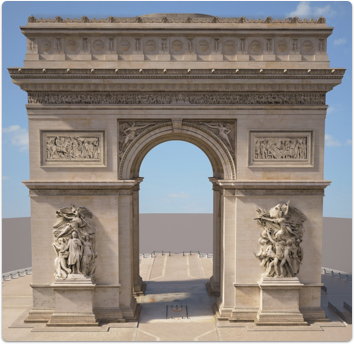Scene Organization
- Scene Management - A list of best practices for 3D Scene Management including naming, intelligent combining and merging, layer usage, and more.
- Scene Organization - Before you publish your 3D model for sale, you should take a few moments to organize the scene for the customer. A few minutes of your time can save customers hours of work after they buy your model…
- Layers - Learn how to add and name layers in your 3D model or scene.
- Centering at the Origin - Learn why centering 3D Models at the origin is important for 3D customers.
- Resetting Transforms - Learn how to reset transforms for you 3D model in 3ds Max, Maya, Cinema 4D, Lightwave, and Blender. For StemCell certification, you must reset your transforms.
- Missing Files Assets - Learn how to avoid Missing Files or Asset Errors in your 3D models. For Pixelsquid your model may not yield a missing file/asset error. Therefore, you are required to either zip your 3D model files, textures, and bitmaps into a single, flat file structure, or to zip all of the bitmap textures for your models into its own ZIP file to upload once as a Textures Supporting Items product.
- Texture References - Learn 3D Model Texture References. For Pixelsquid you are required to strip your texture paths.







